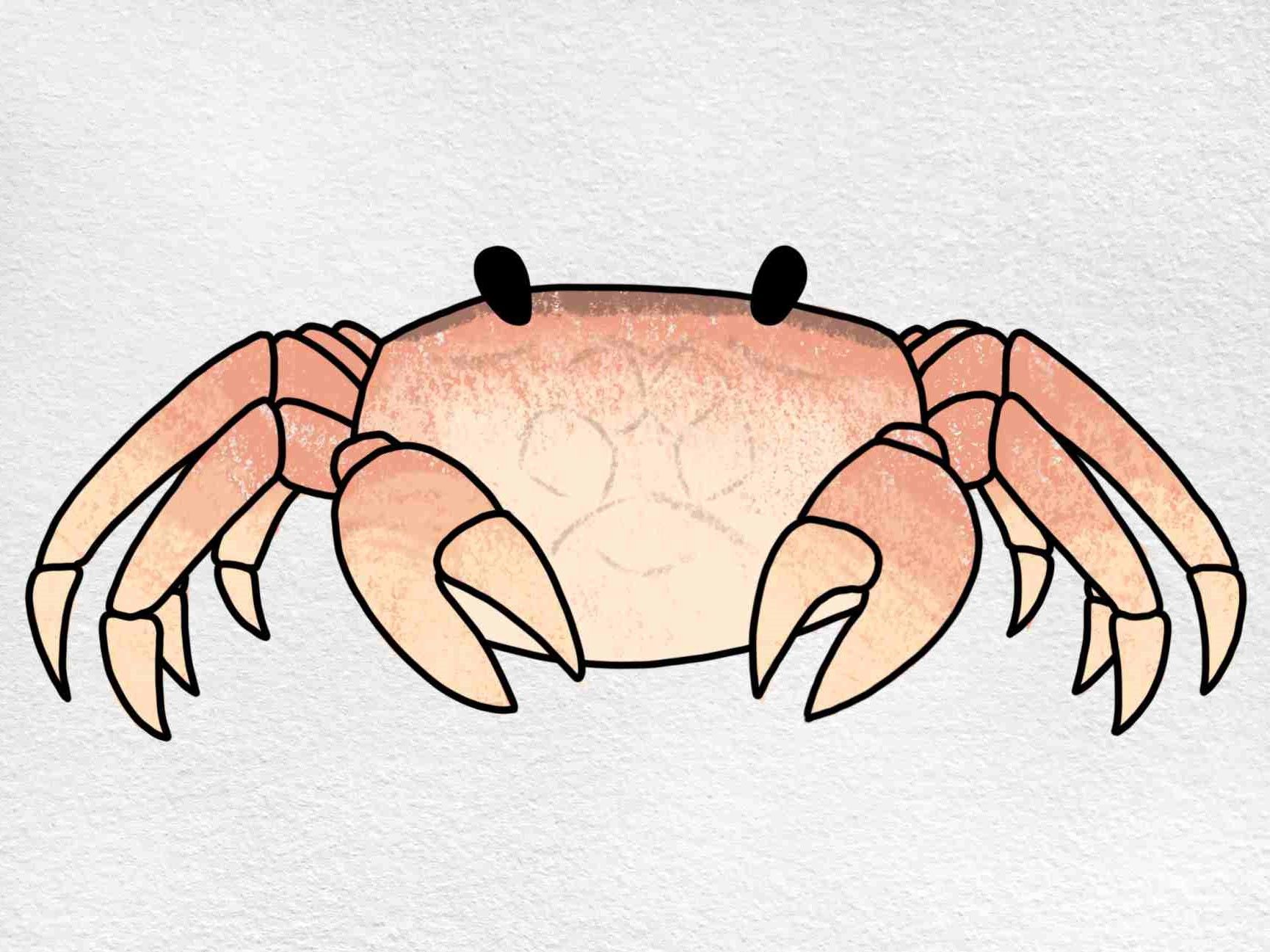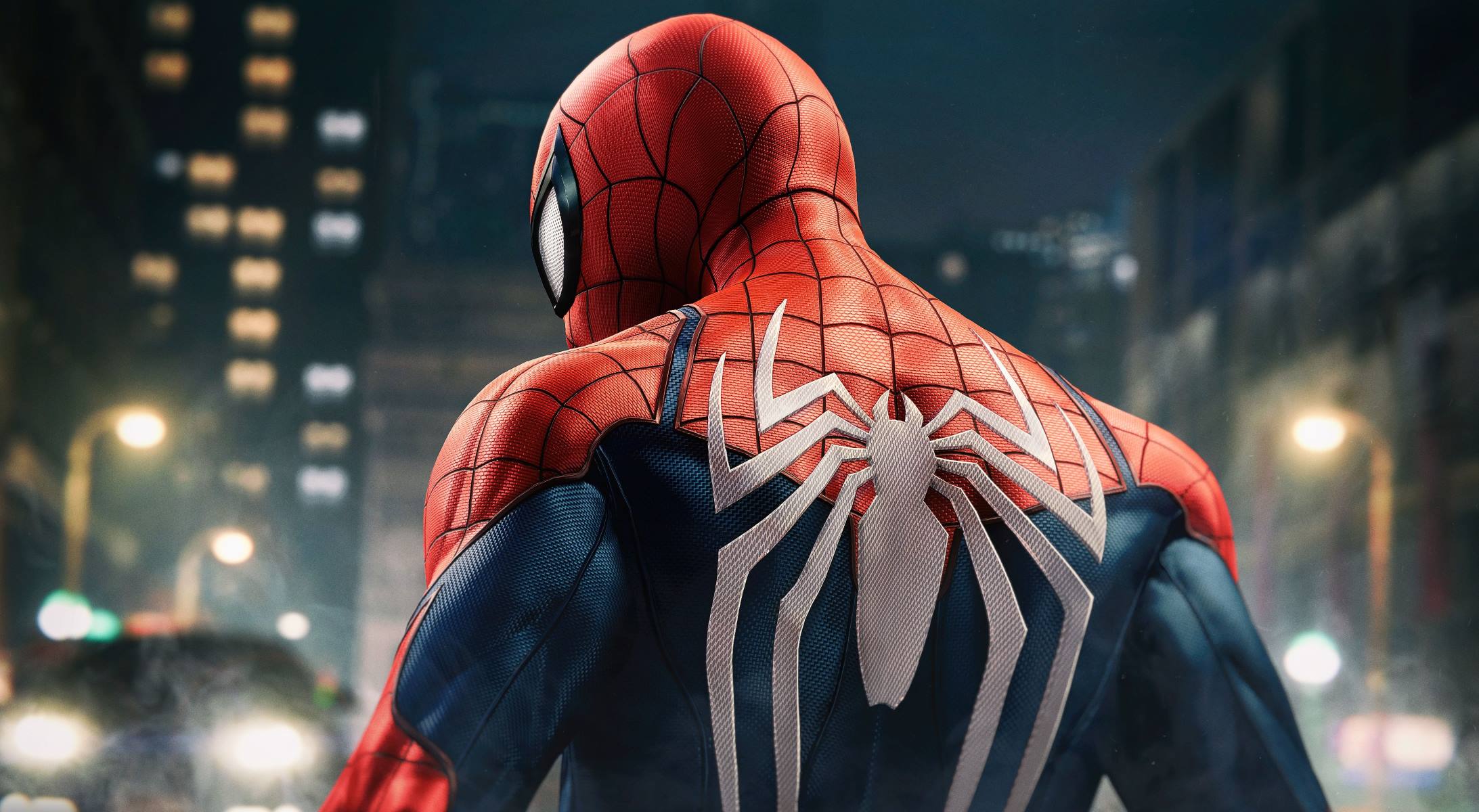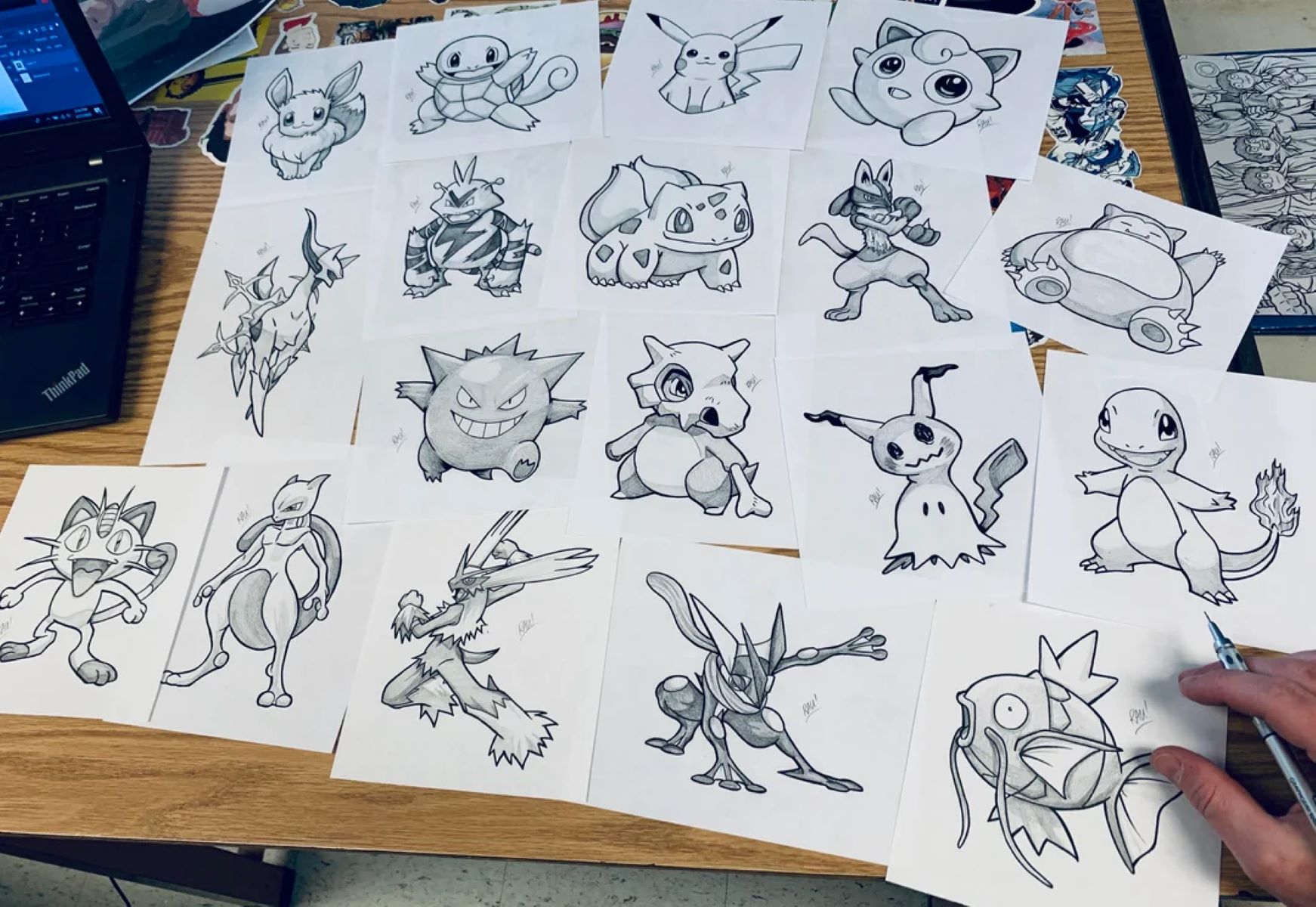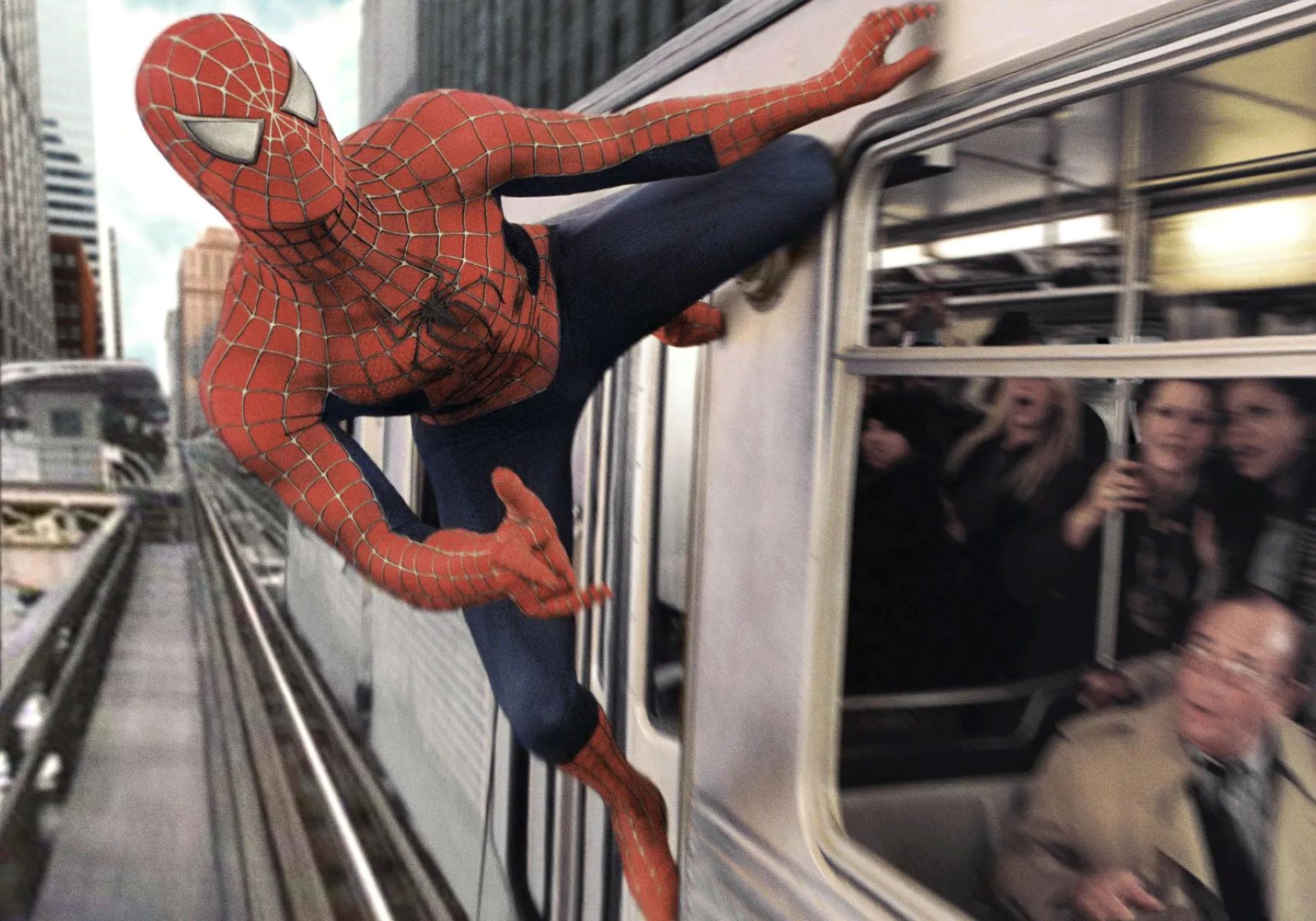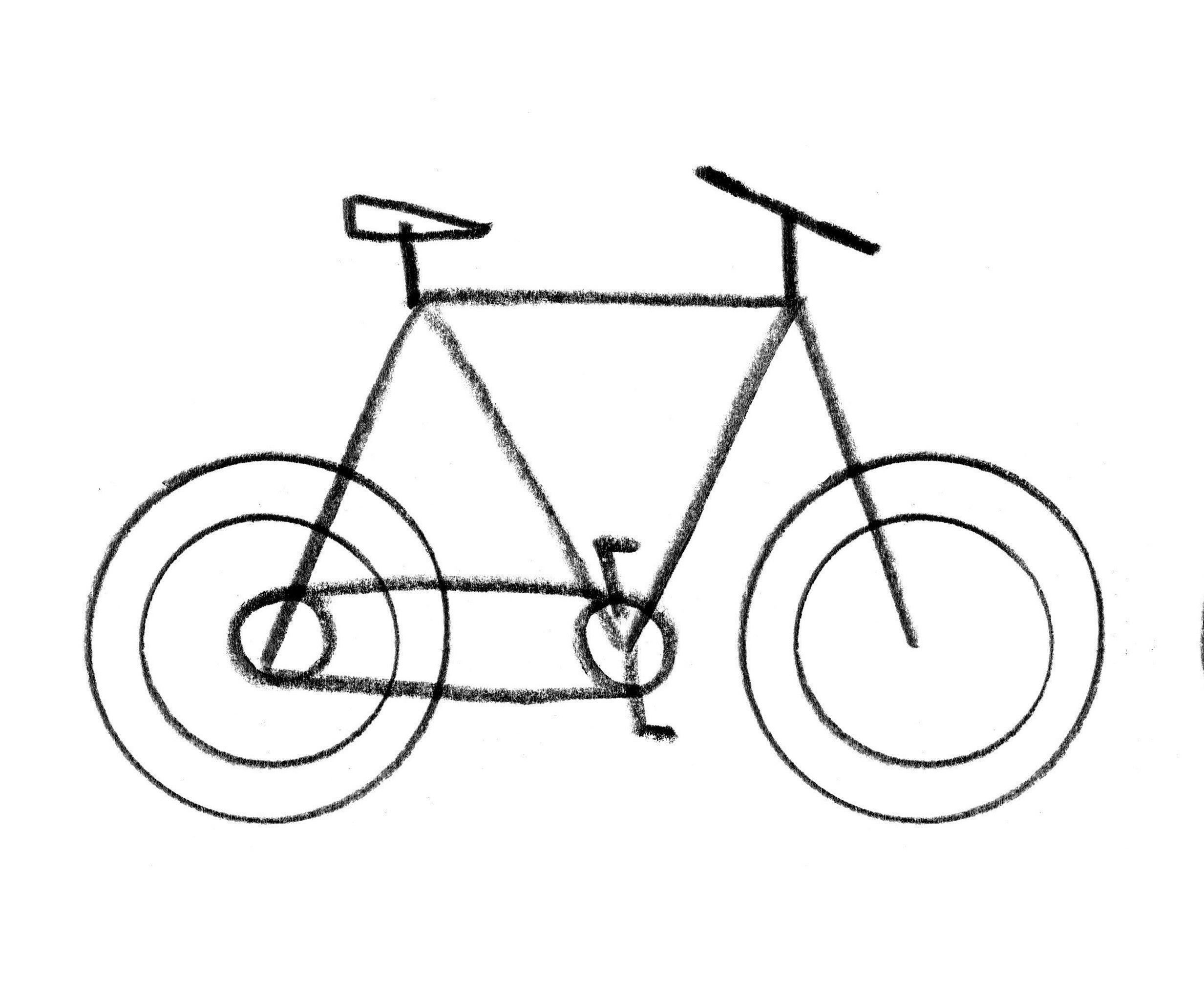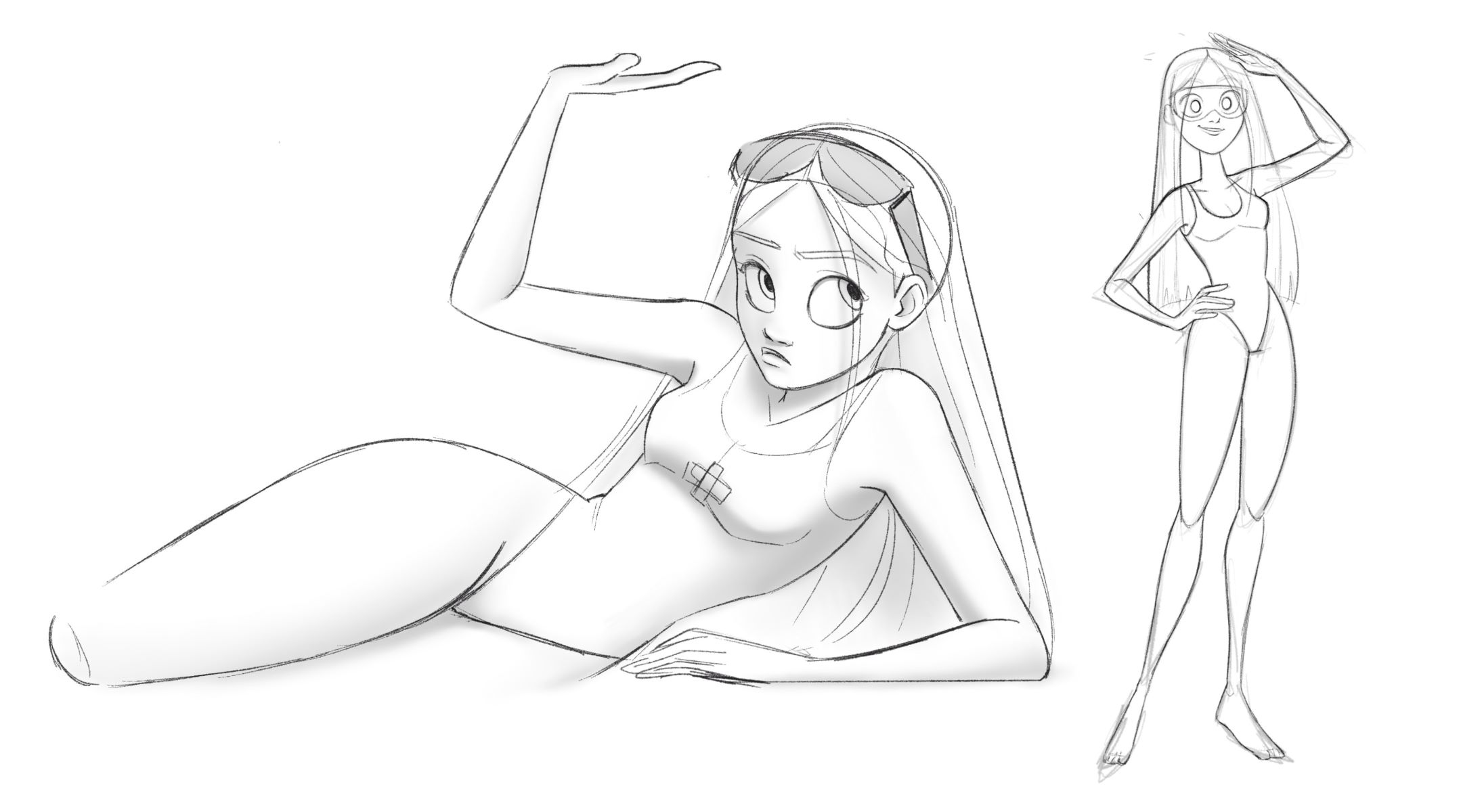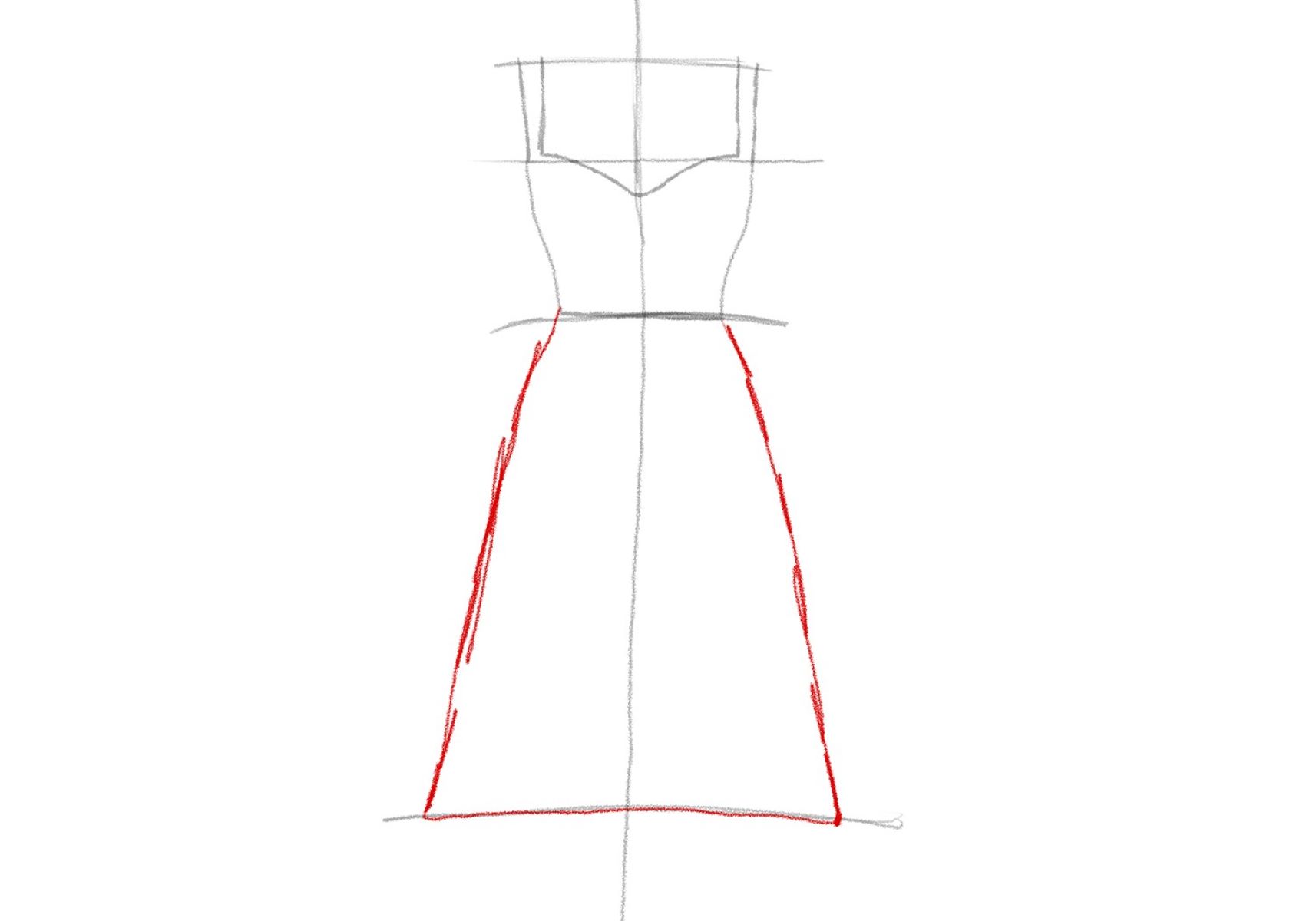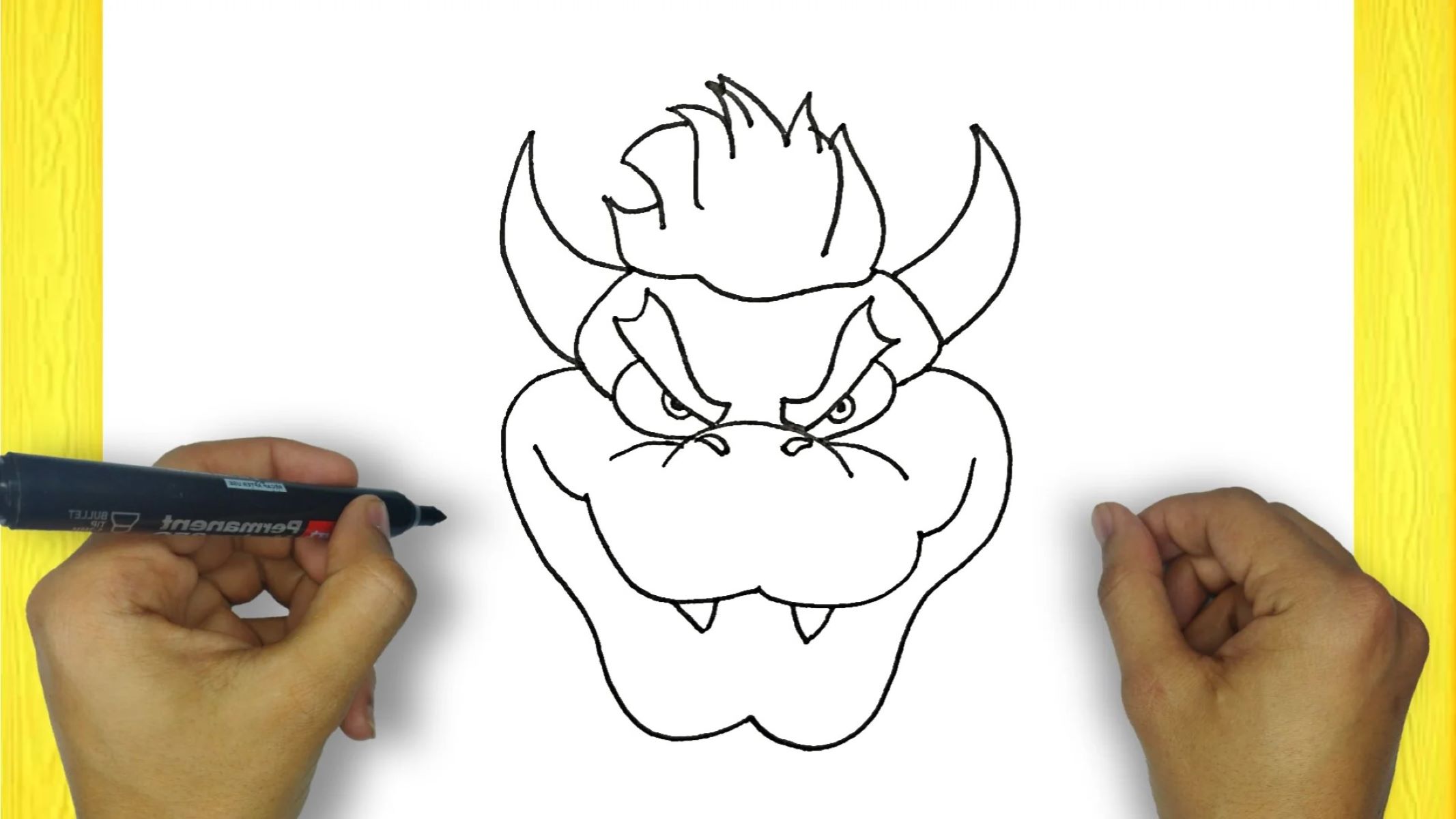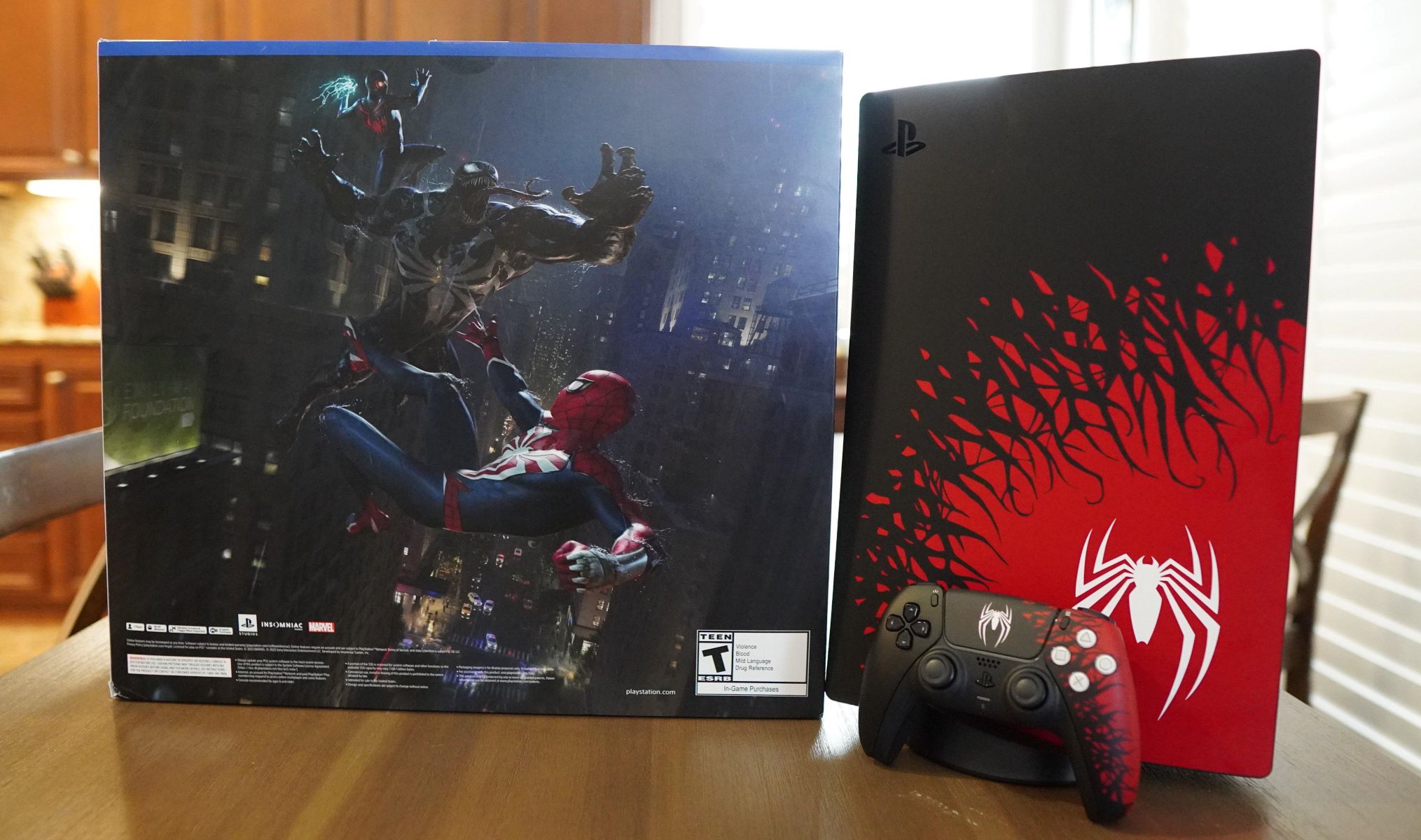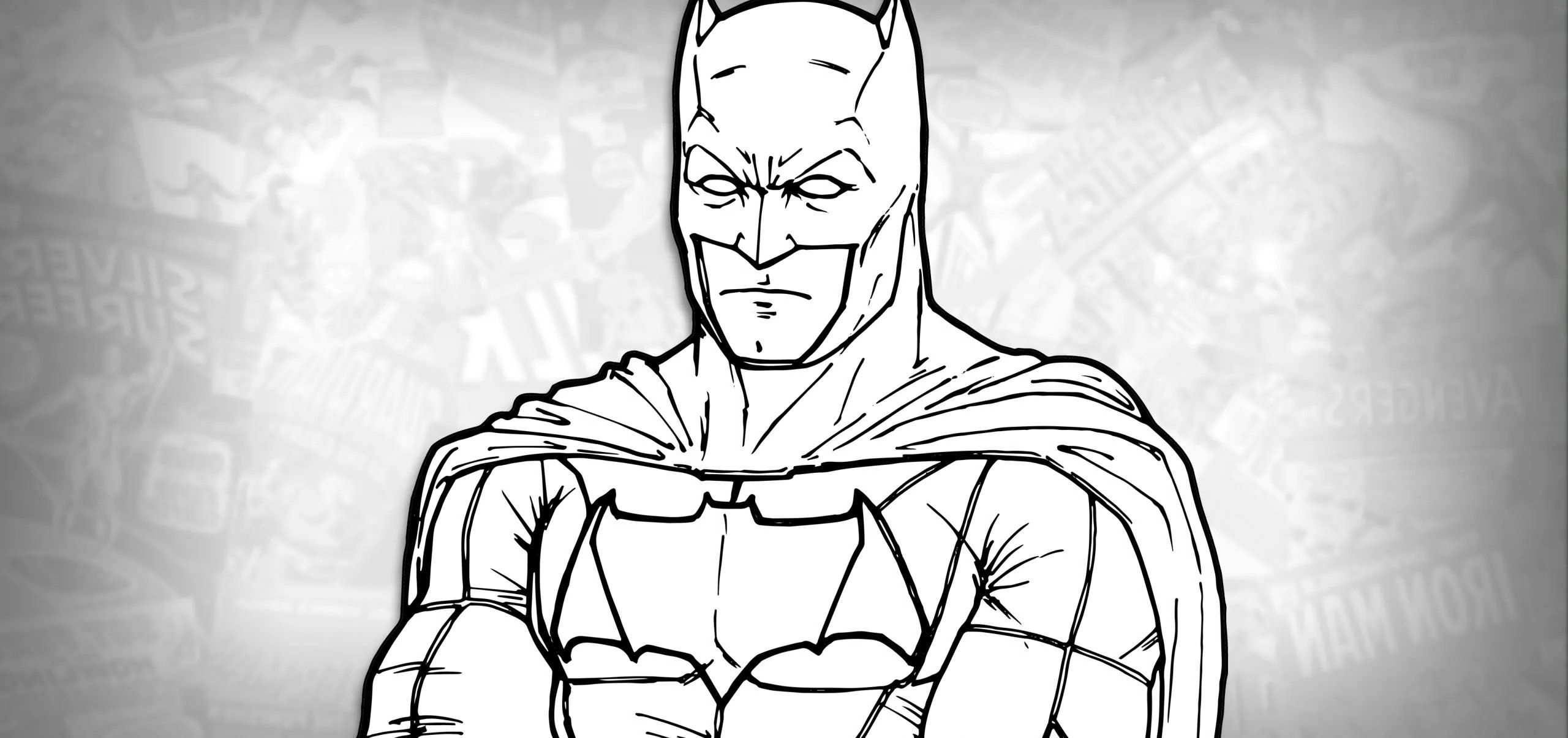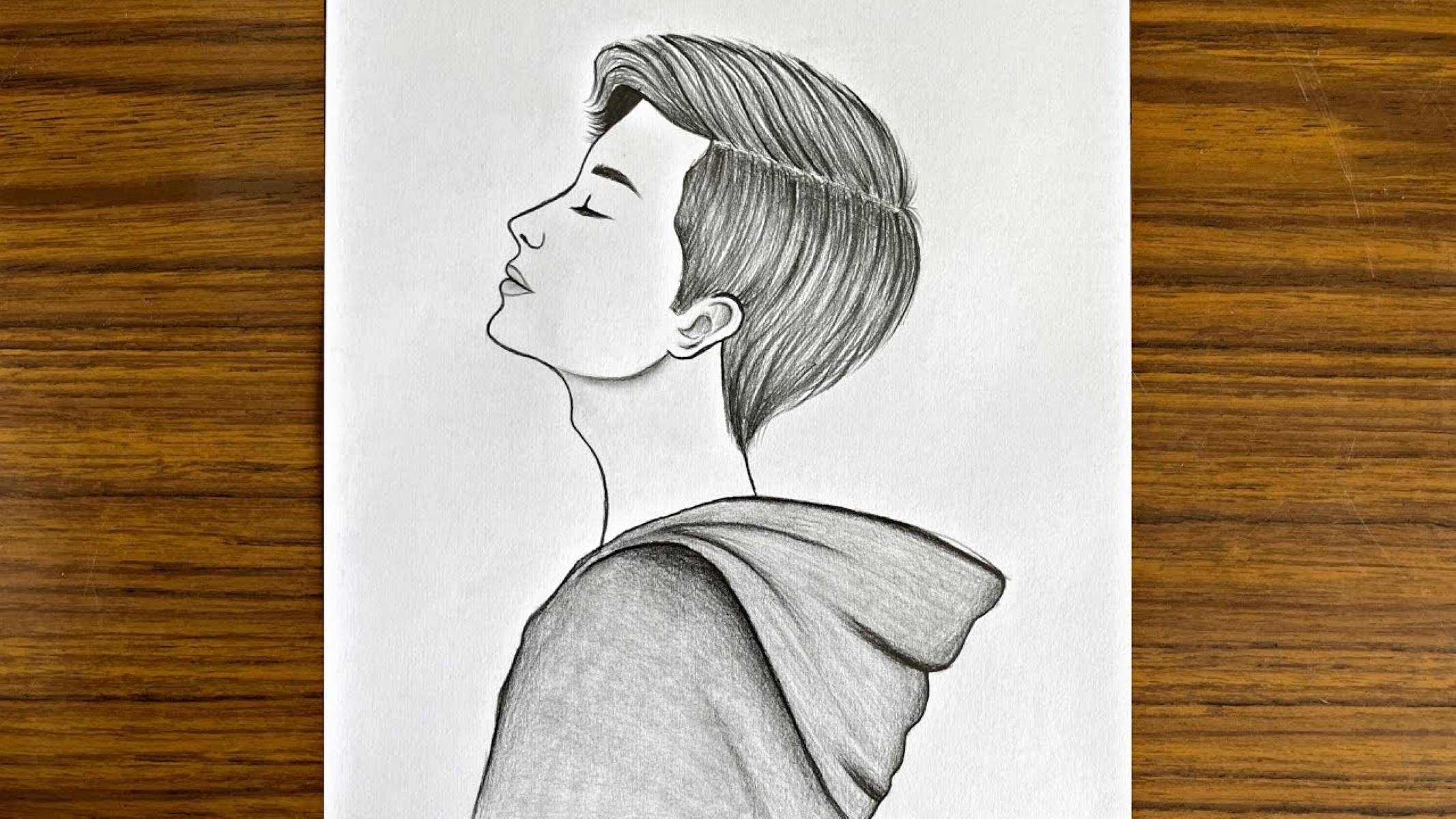Home>Arts and Culture>How To Draw Spider-Man For Beginners
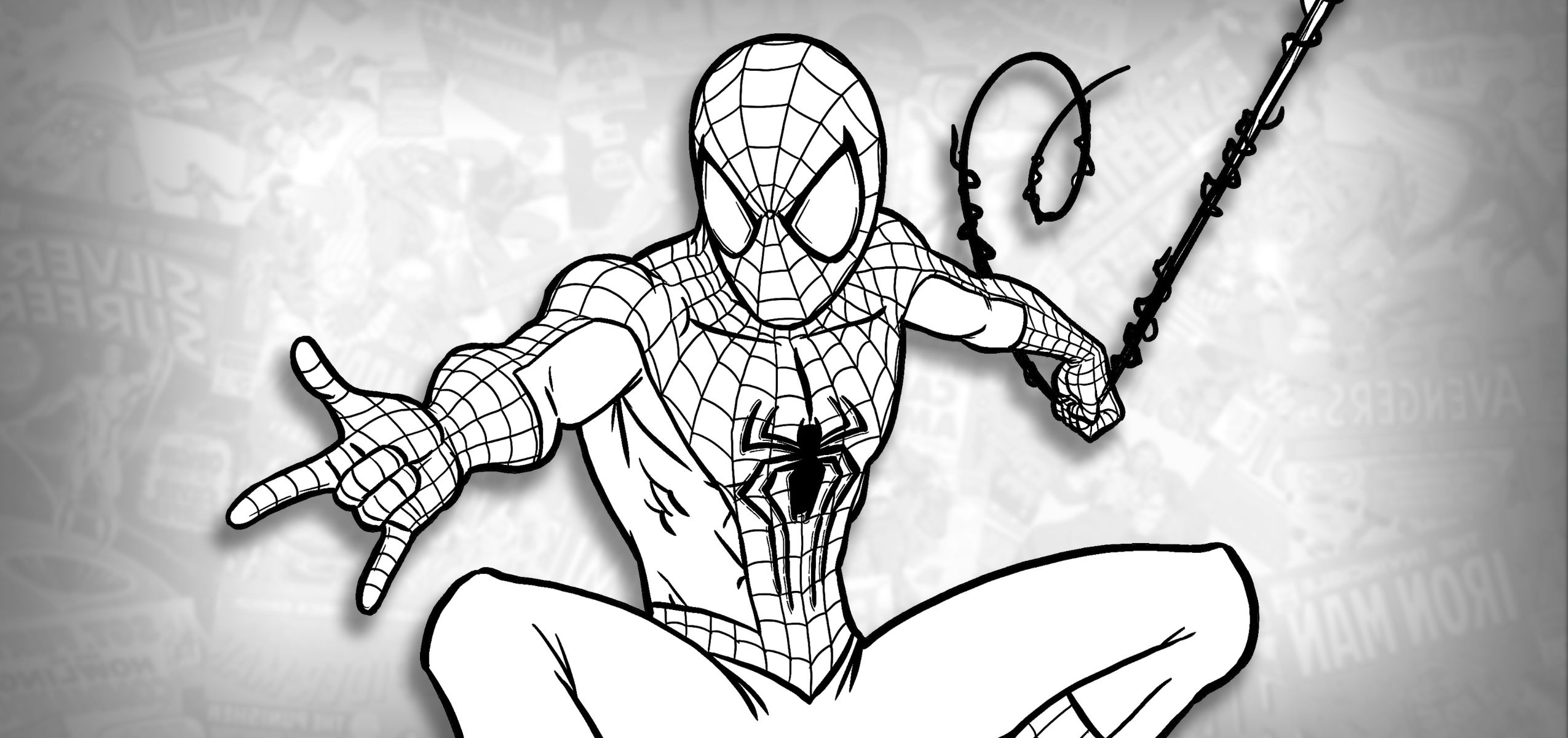

Arts and Culture
How To Draw Spider-Man For Beginners
Published: March 5, 2024
Learn how to draw Spider-Man step by step, perfect for beginners wanting to explore their artistic side. Join us and unleash your creativity in the world of arts and culture.
(Many of the links in this article redirect to a specific reviewed product. Your purchase of these products through affiliate links helps to generate commission for Regretless.com, at no extra cost. Learn more)
Table of Contents
Introduction
Drawing is a wonderful form of artistic expression that allows you to bring your favorite characters to life on paper. Whether you're a seasoned artist or just starting out, learning to draw Spider-Man can be an exciting and rewarding experience. The iconic superhero, known for his agility, strength, and web-slinging abilities, has captured the hearts of fans for generations.
In this step-by-step guide, we will explore the process of drawing Spider-Man for beginners. By breaking down the drawing into manageable steps, you'll gain a deeper understanding of the techniques involved in creating a dynamic and lifelike representation of the web-slinger. With a few simple materials and a bit of patience, you'll be able to capture the essence of this beloved character and bring him to life on the page.
Whether you're a fan of comic books, movies, or simply enjoy the art of drawing, this tutorial will provide you with the tools and knowledge to embark on an artistic journey. So, grab your pencils, paper, and enthusiasm, and let's dive into the exciting world of drawing Spider-Man!
Read more: How To Draw A Sloth For Beginners
Materials Needed
Before embarking on your Spider-Man drawing adventure, it's essential to gather the necessary materials. Having the right tools at your disposal will ensure a smooth and enjoyable drawing experience. Here's a list of items you'll need to bring your rendition of Spider-Man to life:
-
Drawing Paper: Select a smooth, heavyweight paper that can withstand pencil shading and erasing without tearing. A standard 9×12 inch or A4 size will provide ample space for your artwork.
-
Pencils: Invest in a set of high-quality drawing pencils with varying lead hardness, such as 2H, HB, 2B, 4B, and 6B. These will allow you to achieve a range of line weights and shading effects.
-
Eraser: A soft, kneaded eraser is ideal for lifting graphite and creating highlights. Additionally, a precision eraser or eraser pencil can be useful for refining small details.
-
Sharpener: Keep a reliable pencil sharpener on hand to ensure your pencils are consistently sharp for precise lines and details.
-
Reference Image: Find a clear reference image of Spider-Man to use as a guide for proportions, anatomy, and costume details. This could be a comic book illustration, movie still, or official artwork.
-
Drawing Board: Using a drawing board or a firm backing for your paper will provide stability and support while working on your drawing.
-
Optional: Colored Pencils or Markers: If you wish to add color to your drawing, have a set of colored pencils or markers ready. This will allow you to bring Spider-Man's vibrant costume to life.
By ensuring you have these materials at your disposal, you'll be well-prepared to begin your Spider-Man drawing journey. With your workspace set up and your artistic tools in hand, you're ready to dive into the first step of capturing the essence of this iconic superhero on paper.
Step 1: Basic Outline
Creating a strong and accurate basic outline is the foundation of any successful drawing, and Spider-Man is no exception. Begin by lightly sketching a simple framework to establish the pose and proportions of the character. Start with a basic stick figure to define the pose and overall stance of Spider-Man. Pay close attention to the positioning of the head, torso, arms, and legs to capture the dynamic and agile nature of the superhero.
Once the stick figure is in place, gradually build upon it by adding simple shapes to represent the major body parts. Use ovals for the head and chest, cylinders for the arms and legs, and basic lines for the spine and limbs. This step is crucial for mapping out the overall composition and ensuring that Spider-Man's iconic pose is accurately captured.
As you refine the basic shapes, focus on maintaining a sense of proportion and balance. Pay attention to the length and positioning of each limb, ensuring that they align harmoniously with the character's dynamic posture. Take your time to adjust the basic outline as needed, as this stage serves as the framework for the detailed rendering to come.
Throughout this process, remember to keep your lines light and easily erasable. This will allow you to make adjustments and corrections without leaving visible marks on the final drawing. Additionally, use reference points from your selected Spider-Man image to guide the placement of the basic features, such as the eyes, web shooters, and emblem on the costume.
By the end of this step, you should have a well-defined basic outline that captures the essence of Spider-Man's pose and proportions. This foundational framework will serve as the roadmap for the subsequent steps, guiding the development of the character's intricate details and dynamic presence on the page. With the basic outline in place, you're ready to move on to the next phase of bringing Spider-Man to life through the art of drawing.
Step 2: Adding Details
With the basic outline of Spider-Man sketched out, it's time to infuse the character with defining details that capture his iconic appearance. This step involves adding depth and dimension to the drawing, transforming the rudimentary framework into a recognizable representation of the web-slinging superhero.
Begin by focusing on the facial features, starting with Spider-Man's distinctive mask. Carefully delineate the shape of the eyes, ensuring they convey the character's intensity and determination. Pay attention to the curvature and angle of the eyes, as they play a crucial role in conveying Spider-Man's emotions and persona. Next, refine the contours of the mask, emphasizing the sleek lines and contours that define Spider-Man's iconic appearance.
Moving on to the body, concentrate on fleshing out the musculature and physique of the character. Spider-Man is known for his athletic build, so take the time to define the contours of his chest, arms, and legs. Incorporate subtle details to convey the underlying musculature, adding depth and realism to the character's anatomy. Pay close attention to the positioning of the arms and hands, ensuring they exude a sense of dynamism and agility.
As you progress, focus on Spider-Man's costume details, such as the web pattern and emblem. Carefully replicate the intricate webbing pattern that adorns the character's suit, paying attention to the spacing and symmetry of the lines. Additionally, emphasize the spider emblem on the chest, ensuring it serves as a focal point that captures the essence of the character's identity.
Throughout this stage, reference your selected image of Spider-Man to ensure accuracy and faithfulness to the character's design. Take note of subtle nuances in the costume, such as the texture of the fabric and the placement of web shooters, incorporating these elements to enrich the overall portrayal of the superhero.
By the end of this step, your drawing should begin to take on a lifelike quality, with Spider-Man's features and costume details coming into focus. The addition of these defining elements serves to elevate the character from a basic framework to a recognizable representation, setting the stage for the subsequent stages of shading and refinement.
With the details in place, the drawing of Spider-Man is poised to evolve further, as we delve into the next steps of adding shadows, highlights, and final touches to bring the web-slinger to life on the page.
Step 3: Webbing and Costume Details
As we delve into the intricate webbing and costume details of Spider-Man, we embark on a crucial phase that defines the character's iconic appearance. The web-slinger's costume is adorned with a distinctive web pattern that not only adds visual interest but also symbolizes his arachnid-inspired abilities. Mastering the replication of this intricate design is essential in capturing the essence of Spider-Man's persona.
Begin by focusing on the webbing pattern that adorns Spider-Man's costume. Carefully observe the reference image to grasp the intricacies of the web pattern, noting the spacing and orientation of the lines. With a steady hand, replicate the webbing using light, controlled strokes, ensuring that the lines flow seamlessly across the costume. Pay close attention to the consistency of the web pattern, maintaining uniformity and precision throughout the drawing.
As you progress, emphasize the contours and folds of the costume, adding depth and dimension to Spider-Man's attire. The fabric of the costume should exhibit a sense of movement and form, accentuating the character's agile and dynamic nature. Utilize shading and hatching techniques to create the illusion of texture, enhancing the tactile quality of the costume and imbuing it with a lifelike appearance.
Furthermore, devote attention to the spider emblem emblazoned on Spider-Man's chest. This iconic symbol serves as a focal point, representing the character's identity and purpose. Render the spider emblem with care, ensuring that it commands attention and exudes a sense of strength and resilience. Pay heed to the intricate details of the emblem, capturing its intricate design and ensuring it resonates with the character's unwavering spirit.
Throughout this process, maintain a harmonious balance between the webbing pattern, costume folds, and emblem, ensuring that each element contributes to a cohesive and compelling portrayal of Spider-Man. Continuously refer to the selected image of Spider-Man to ensure accuracy and faithfulness to the character's design, incorporating subtle nuances that enrich the overall representation.
By the culmination of this step, the webbing and costume details should harmoniously converge, breathing life into the portrayal of Spider-Man. The meticulous attention to these defining elements elevates the drawing, encapsulating the essence of the beloved superhero and setting the stage for the subsequent stages of adding shadows, highlights, and final touches.
With the webbing and costume details meticulously rendered, the drawing of Spider-Man is poised to evolve further, as we progress into the subsequent stages of refining the portrayal and infusing it with depth and dynamism.
Read more: How To Draw A Bat For Beginners
Step 4: Adding Shadows and Highlights
The addition of shadows and highlights is a pivotal stage in the process of bringing Spider-Man to life on paper. By skillfully incorporating shading and light, the portrayal of the web-slinger gains depth, dimension, and a heightened sense of realism. This step serves as a transformative phase, elevating the drawing from a two-dimensional representation to a dynamic and lifelike depiction of the iconic superhero.
Commence by identifying the primary light source in your chosen reference image. Understanding the direction and intensity of the light source is crucial in determining the placement of shadows and highlights. By observing the interplay of light and shadow in the reference image, you can discern the areas of the character's form that are illuminated and those that are cast in shadow.
With a keen eye on the light source, begin shading the areas of Spider-Man's figure that are obscured from the light. Utilize a range of pencil grades to achieve varying degrees of darkness, gradually building up the shadows to convey depth and form. Pay particular attention to the contours of the character's musculature and the folds of the costume, employing hatching and cross-hatching techniques to create a sense of volume and three-dimensionality.
Conversely, focus on accentuating the illuminated areas of Spider-Man's figure by incorporating highlights. These areas, typically exposed to the primary light source, should exhibit a sense of luminosity and contrast against the shadows. Employ an eraser to delicately lift graphite and create highlights, infusing the drawing with a sense of radiance and vitality.
As you progress, strive to strike a harmonious balance between shadows and highlights, ensuring that they work in tandem to accentuate the character's physicality and presence. Consider the reflective properties of Spider-Man's costume, incorporating subtle variations in shading to convey the texture and material of the fabric.
Throughout this stage, refer to your reference image to guide the placement of shadows and highlights, ensuring that they align with the character's anatomy and the dynamics of the pose. By infusing the drawing with nuanced shading and luminous highlights, you breathe life into the portrayal of Spider-Man, imbuing it with a sense of energy and realism.
By the culmination of this step, the addition of shadows and highlights bestows a newfound sense of depth and dynamism upon the drawing of Spider-Man. The interplay of light and shadow serves to amplify the character's presence, infusing the portrayal with a captivating sense of realism and vitality.
With shadows and highlights deftly integrated, the drawing of Spider-Man is poised for the final touches that will bring the web-slinger to fruition on the page.
Step 5: Final Touches and Details
As we approach the culmination of the Spider-Man drawing journey, the focus shifts to the refinement of details and the implementation of final touches that will elevate the portrayal of the iconic superhero to its zenith. This pivotal stage serves as the canvas's denouement, where meticulous attention to subtleties and nuances culminates in a compelling and polished rendition of Spider-Man.
Commence by conducting a comprehensive review of the entire drawing, scrutinizing each element to identify areas that warrant refinement and enhancement. Pay heed to the proportions, anatomical details, and overall composition, ensuring that they coalesce seamlessly to encapsulate the essence of Spider-Man's persona. This critical assessment sets the stage for the meticulous refinement that follows.
With a discerning eye, focus on refining the intricacies of Spider-Man's costume, emphasizing the texture, folds, and subtle nuances that imbue the attire with a sense of realism. Pay particular attention to the web pattern, ensuring that it maintains uniformity and precision while harmonizing with the character's dynamic pose. Delicately refine the spider emblem, infusing it with a sense of prominence and resilience that resonates with Spider-Man's unwavering spirit.
Furthermore, devote attention to the character's facial features, refining the contours of the mask and eyes to convey a sense of determination and intensity. Ensure that the facial expression aligns with the character's persona, capturing the essence of Spider-Man's unwavering resolve and indomitable spirit.
As the drawing nears its completion, consider the incorporation of subtle details that enhance the overall portrayal of Spider-Man. From the intricacies of the web shooters to the subtle creases in the costume, each nuanced detail contributes to a comprehensive and compelling representation of the beloved superhero.
Additionally, consider the implementation of selective color accents, should you choose to introduce a vibrant dimension to the drawing. Whether through the use of colored pencils or markers, the infusion of color can breathe additional vitality into the portrayal, accentuating Spider-Man's iconic costume and emblem with a vibrant and dynamic flair.
By the culmination of this stage, the drawing of Spider-Man stands as a testament to the meticulous attention to detail and the unwavering commitment to capturing the essence of the beloved superhero. The final touches and refinements bestow a sense of completeness and finesse upon the portrayal, culminating in a compelling and lifelike representation of the web-slinger.
With the final touches and details meticulously refined, the drawing of Spider-Man stands poised as a testament to the dedication and artistry that has brought the beloved superhero to life on the page.
Conclusion
In conclusion, the journey of drawing Spider-Man for beginners is a testament to the power of artistic expression and creative endeavor. Through a step-by-step exploration of the drawing process, we have delved into the intricacies of capturing the essence of the iconic web-slinger on paper. From establishing the basic outline to infusing the portrayal with intricate details, shadows, and highlights, the endeavor of drawing Spider-Man has been a captivating and rewarding artistic odyssey.
As we reflect on the culmination of this artistic journey, it becomes evident that the process of drawing Spider-Man transcends the mere act of replicating a character; it embodies a profound appreciation for storytelling, heroism, and the enduring legacy of beloved superheroes. The meticulous attention to detail, the harmonious interplay of light and shadow, and the unwavering commitment to capturing the character's persona have coalesced to breathe life into the portrayal of Spider-Man.
Furthermore, the journey of drawing Spider-Man serves as a testament to the transformative power of art, enabling individuals to immerse themselves in the creative process, hone their skills, and embark on an enriching and fulfilling endeavor. Whether a novice artist or a seasoned enthusiast, the act of drawing Spider-Man fosters a sense of connection with the character, allowing individuals to channel their admiration and reverence into a tangible and evocative representation.
Moreover, the process of drawing Spider-Man for beginners underscores the significance of perseverance, patience, and the willingness to embrace artistic challenges. By navigating through the intricacies of anatomy, costume details, and the nuances of shading, aspiring artists cultivate a profound understanding of the craft, honing their skills and nurturing a deep appreciation for the art of drawing.
Ultimately, the portrayal of Spider-Man on paper stands as a testament to the enduring legacy of a beloved superhero, encapsulating the character's indomitable spirit, unwavering resolve, and the timeless allure of heroism. As the final touches and refinements bestow a sense of completeness and finesse upon the portrayal, the drawing of Spider-Man emerges as a compelling and lifelike representation of the web-slinger, poised to inspire and captivate enthusiasts and art aficionados alike.
In essence, the journey of drawing Spider-Man for beginners transcends the act of creating a mere illustration; it embodies a celebration of creativity, storytelling, and the enduring legacy of a beloved superhero, inviting individuals to embark on an artistic odyssey that fosters growth, inspiration, and a profound connection with the timeless allure of heroism.
